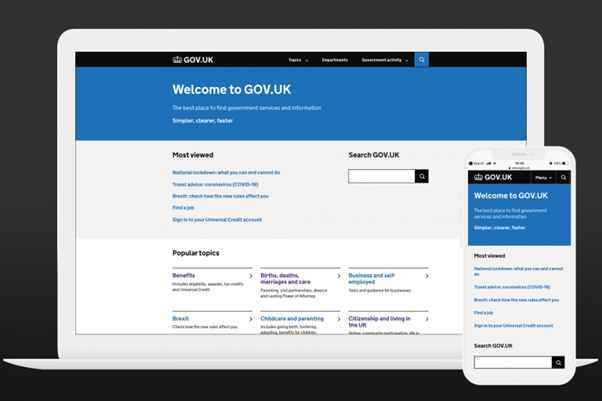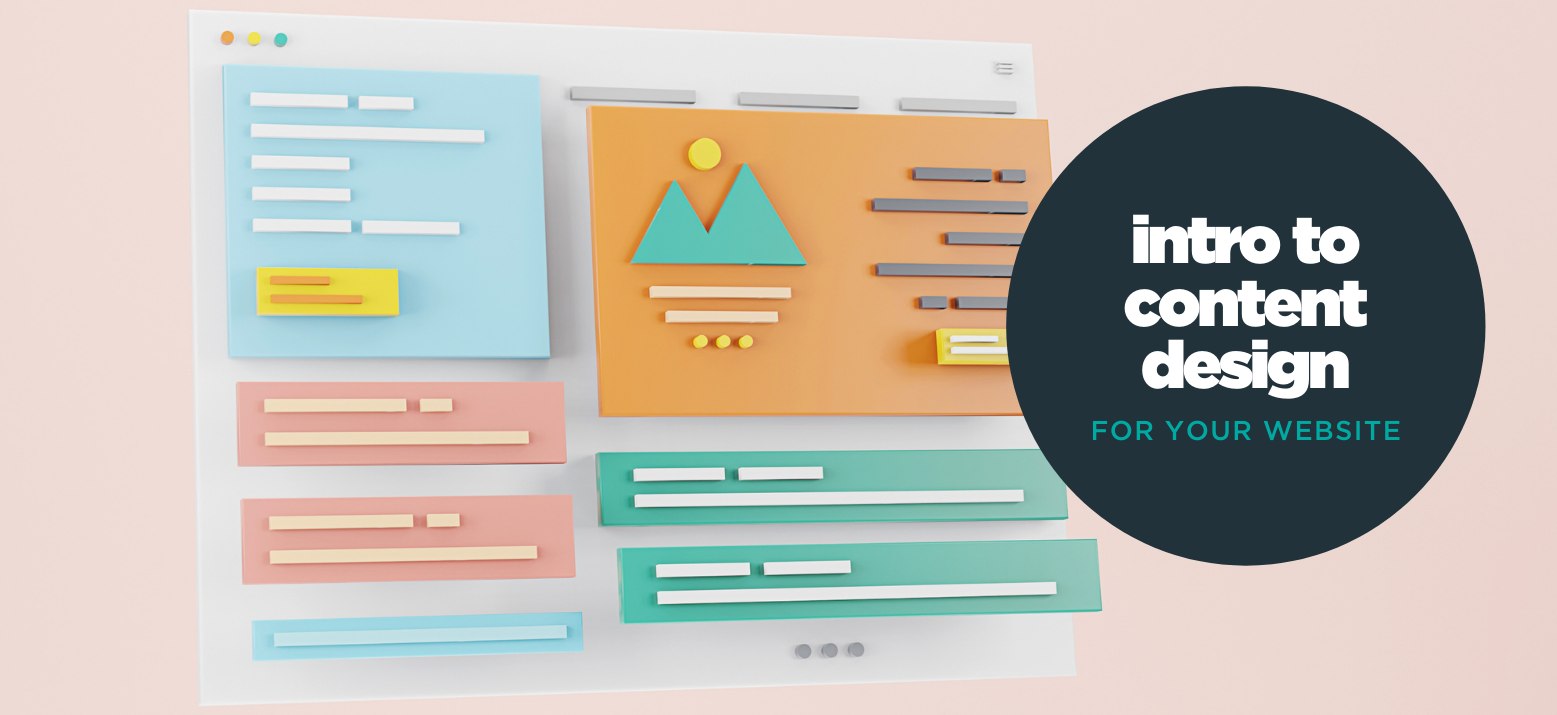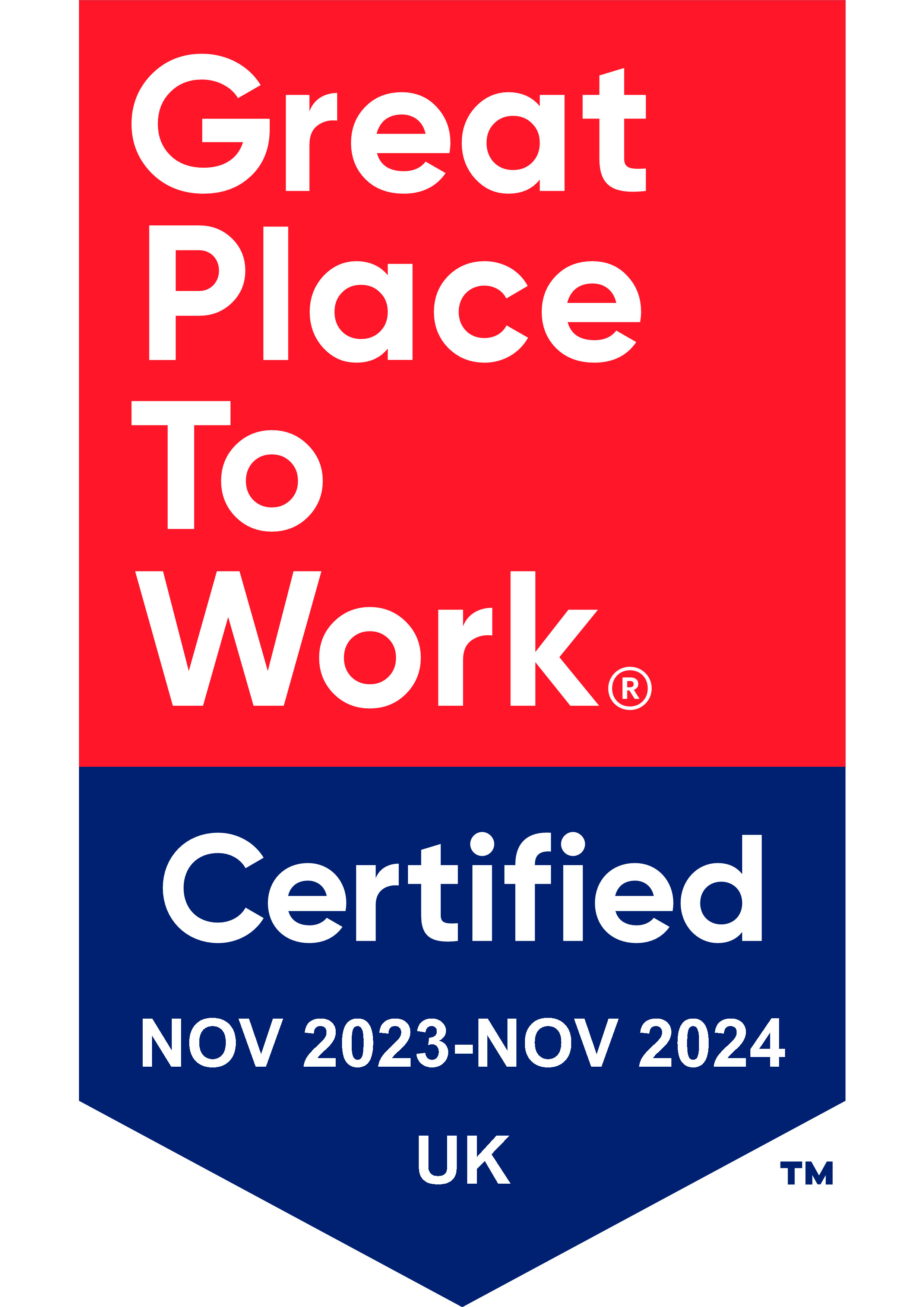Content design is an approach to producing user-focused content that puts the needs and objectives of the audience first.
It’s a combination of utilising data, writing, UX and accessibility to create content that makes it as easy as possible for people to complete an action.
Many traditional marketing principles focus on a business or organisation’s key messages and making sure that these reach the intended target in whichever ways, or by whichever channels, are appropriate. Content design comes at things from a different perspective, with a focus on user experience and what needs to happen in order for the user to best achieve their intended goal through your content. The user needs are the biggest priority, rather than your marketing goals – but there are ways to bring these things together for the benefit of all.
In this article, we look at why content design matters, the principles of content design, the difference that good content design can make and how a content design process can be incorporated into a digital marketing strategy to deliver the maximum possible impact for both the user and your business.
Why content design is important
Content design is important because it not only works with your SEO strategy to drive relevant organic traffic to your website, but it also makes your website much easier for your target audience to use once they land on it and helps maximise conversions too.
It’s a combination of how the content looks, what it communicates to the audience, it’s placement and structure, as well as how straightforward it is for users to complete the thing that drew them to the website in the first place. As with any effective content marketing strategy, there may also be visual content like graphics, diagrams and video to incorporate, along with other page elements, to help the user convert.
Content design is not just about written content.
What is good content design?
Essentially, good content design means that people will be able to find what they’re looking for, easily complete the task they need to do, and then move on with their day, all with the minimum of fuss and stress.
This is still the case regardless of whether the user wants to make an online purchase, find answers to their questions, discover more about a product or service, register for something, or make contact with a business or organisation.
Multiple great examples of good content design can be found on the UK Government Digital Service site. They are huge advocates of content design; leveraging its principles to make thousands of complex tasks on the government website a lot more straightforward for anyone to find, use and complete through using essential principles of content design in what they produce.

Key content design principles
Have you ever gone into your usual supermarket to do your weekly shop, only to discover they have made changes to the aisles and your usual products aren’t in the place you’d expect to find them?
It can be very confusing and frustrating to find what you need, and you might find yourself doubling back or having to ask for help. When it comes to an online shopping experience, the same can happen with a website which isn’t easy to navigate, gives out confusing signals or doesn’t do what you expect, all of which can be very frustrating. Most people will simply leave a site like this without making a purchase.
So, what are the principles of content design to help you ensure that your site doesn’t make any of these mistakes?
Understand your audience
We talk about this a lot at No Brainer, because it’s at the core of any good SEO, content marketing and digital PR strategy. Understanding what your audience want and need from you is essential in content design, and will help to set you apart from other websites offering something similar.
Also looking at things such as what their priorities are, what the triggers are that make them buy and barriers that might stop them from buying.
You’ll also need to take into account the kind of language they use and how much they value non-text communication. Would a diagram that breaks information down visually be of more use to them? How about video content? How about screen grabs to show what they need to do if the content is instructional?
Once you have a good handle on who your audience are and what they need from you, mapping out their entire user journey is essential to good content design. This way you can make sure that you’re giving them what they need, at the right time, for them to complete their goal for the visit.
Make your content intuitive
Simplicity and ease of use is a content design fundamental. If you can say something in 10 words, don’t use 25 to say the same thing. You want your content to do all the thinking for the user, so they don’t have to consciously think about it at all themselves. Your interface needs to be straightforward, with essential elements only, as a clean design will help ensure you don’t overwhelm the user and chase them off your site altogether because it’s too much information or too many options for them to deal with.
Add visual clues to help with the journey for those that need it
Sometimes, keeping things clean and simple is easier said than done, especially if quite a complex thing needs to be explained. Adding visual clues that provide additional information can be really useful, without cluttering the page. For example, adding a question mark after you’ve asked the user to do something e.g. answer a question or fill out a form, means they can hover over this to find an explanation or click on it to see a popup. Keep this consistent across the site so that specific visual clues/signifiers always means the same thing to users.
Make sure it’s usable for everyone
Usability is a true blend of design, functionality and accessibility. It needs testing on several levels. It is about more than colour schemes (although these matter too) and font size, it also takes into account any interactive elements – do they work/display properly across mobile and desktop? How about those users who might be differently abled? Can people still achieve their goal with your content if they have some sight loss or can only use a keyboard and not a mouse? How about those who perhaps don’t have English as their first language? How can you make your content usable for everyone? The Government Digital Service video below overviews some of the accessibility considerations for your content design process.
What is the content design process?
Taking the key principles of content design and turning these into an action plan to ensure your website is properly utilising them on every level will usually require following a process that looks something like the below:
- Research – develop personas, delve into your audience and what they need from you, and in what forms.
- Map the user journey – now you understand what your audience needs, where do you fit into their wider journey and what can you do to give them what they require? Make a visual timeline that shows where communications need to take place – each of these might need to be a different piece of content, possibly communicated via a range of different channels or in various content types. In content design, these are often referred to as user stories.
- Determine keyword intent mapped to content – what keywords will users use to find a specific piece of content at a specific stage of their journey. You can optimise your content to aim to rank for these terms in the SERPs.
- Create your content – using a simple structure and plain language, you can create the content that your research has shown is what your users need. This can be text, video, graphics or most likely, a combination of two or all of these.
- Get feedback on the content – ask colleagues for honest and constructive feedback on the content you have created, ensuring you provide them with the context in which it will be used and who it is for.
- Launch the content: measure success and improve it – tracking how successful a piece of content is fairly straightforward online. Has the traffic to that page increased? Have the conversions increased? If you get one and not the other, you might need to look again at what else you can do to improve it. You can also look at bounce rate for that page – although if the user objective can be carried out on that one page alone, a high bounce rate could be a very good thing if that means they have done what they needed to and then left the site.
If you want to know more about content design and how you can incorporate key principles into your website and marketing strategy, get in touch with our team for a chat.







